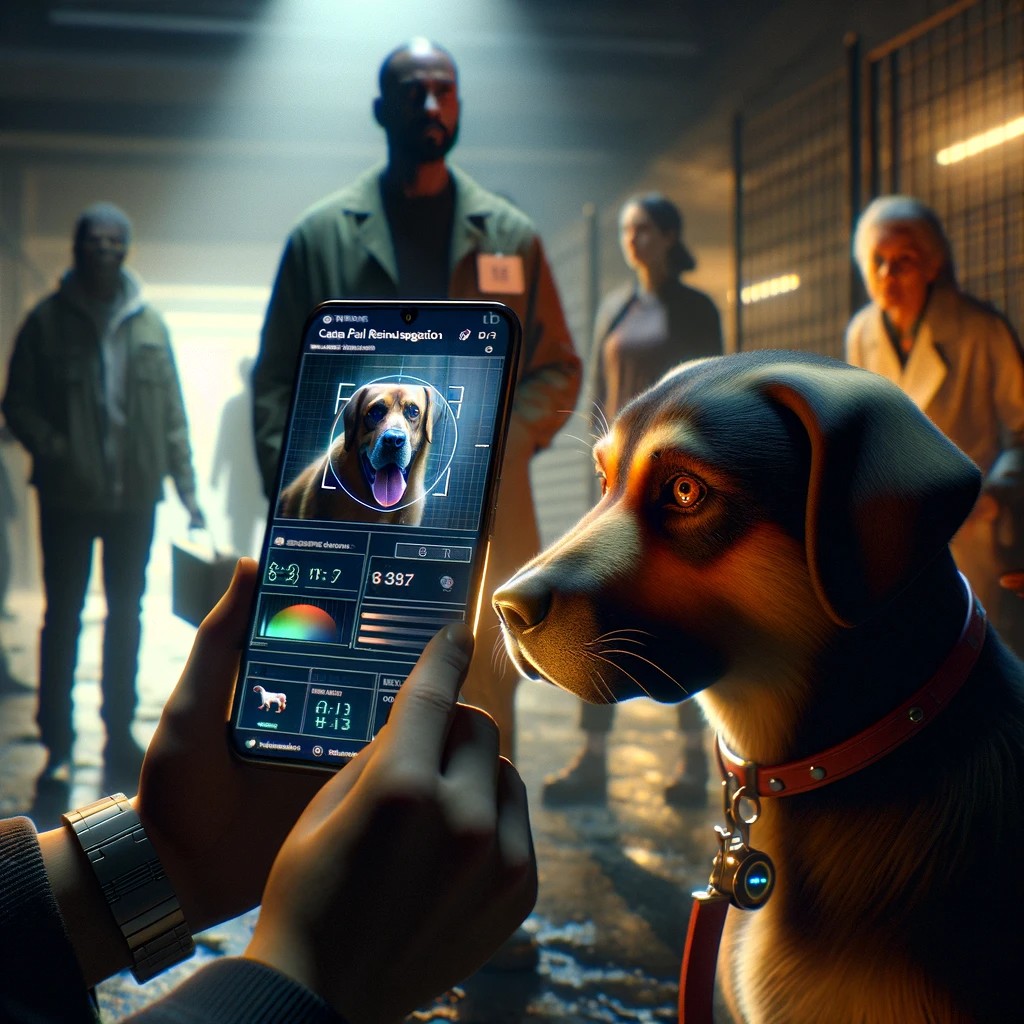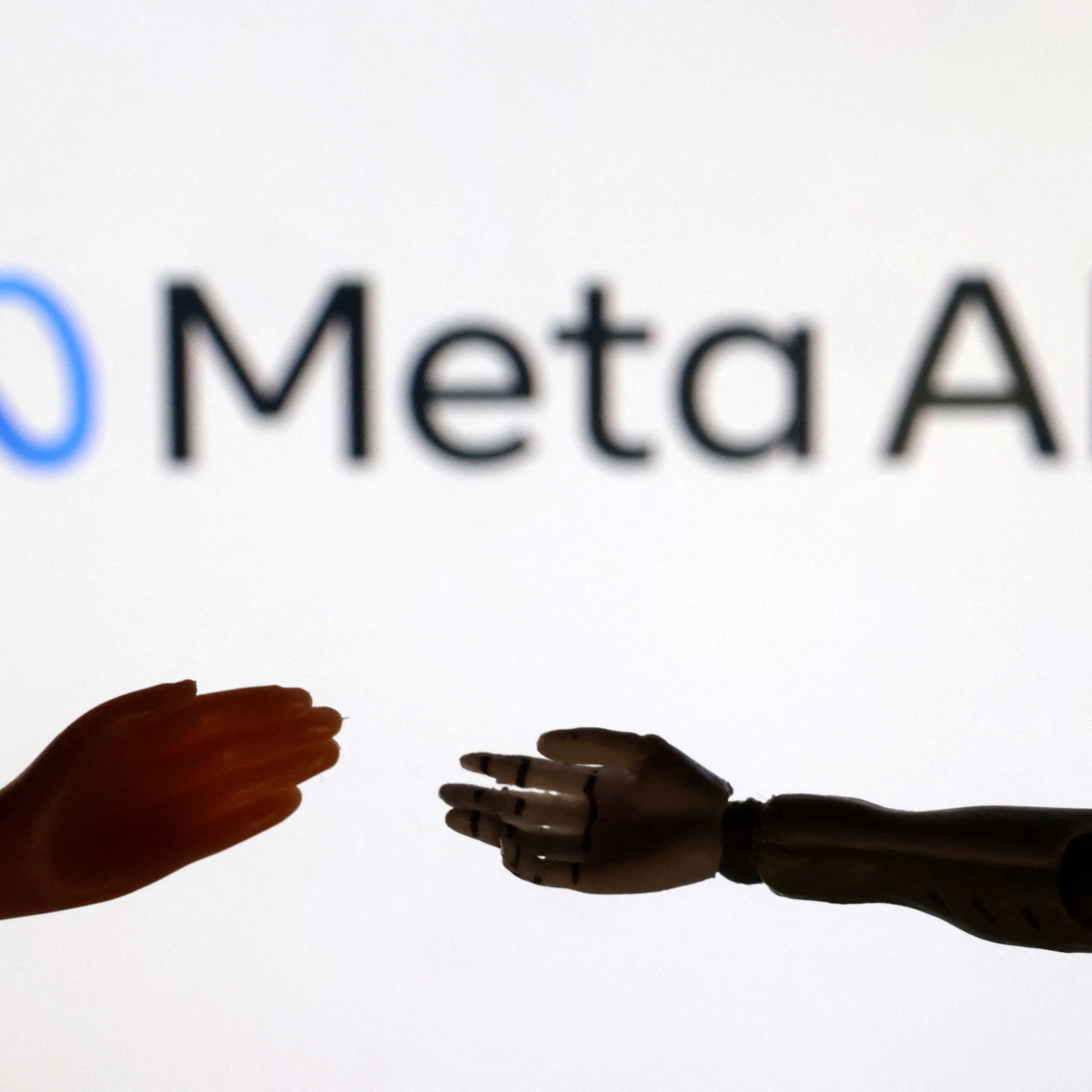In a groundbreaking development, a mobile phone-based facial recognition application for dogs has emerged as a potential game-changer in the global fight against rabies. The research, conducted by a team of experts at Washington State University (WSU), showcases the app’s effectiveness in enhancing rabies vaccination efforts, particularly in endemic regions like Africa and Asia. The study, detailed in the journal Scientific Reports, reveals the promising impact of this innovative technology in identifying and distinguishing vaccinated dogs from their unvaccinated counterparts, a critical challenge in the battle against this deadly disease.
The technological breakthrough – Enhancing rabies vaccination efforts
In a recent study led by WSU researchers, a mobile phone-based facial recognition app for dogs demonstrated its potential to significantly improve rabies vaccination initiatives, particularly in regions where the disease is endemic. The technology was put to the test at a rabies vaccination clinic in rural Tanzania, where dogs were microchipped, vaccinated, and registered. The app’s effectiveness became evident as operators identified 76.2% of vaccinated dogs and an impressive 98.9% of unvaccinated dogs during subsequent visits to surrounding villages.
WSU Associate Professor Felix Lankester, the principal investigator of the study, emphasized the critical role of mass dog vaccination in controlling human rabies globally. Traditional methods, such as microchips and collars, face practical challenges, making widespread implementation difficult. The facial recognition app emerges as a viable solution, showcasing great promise in addressing the identification hurdle faced during mass vaccination campaigns.
The science behind the app – Facial recognition algorithm and collaborative development
The facial recognition algorithm at the heart of the application, developed in collaboration with PiP My Pet, a company based in Vancouver, Canada, and researchers in WSU’s Paul G. Allen School for Global Health, operates by examining key components of a dog’s face and comparing them to stored images of other dogs. The algorithm identifies potential matches based on the highest number of similar components, leaving the final decision to the user.
But, challenges emerged in the initial phase, where poor-quality images and incorrect information hindered the app’s accuracy. Once these issues were addressed by refining the database, the app’s matching capability improved, demonstrating the potential for even greater efficacy with advancements in technology and operator training.
Lankester, who serves as a director of Rabies Free Africa, acknowledged that the app’s effectiveness could be further enhanced with better technology, such as newer smartphones equipped with high-quality cameras. Also, ongoing efforts are directed towards compressing the size of the app’s matching engine to facilitate offline usage, addressing the connectivity challenges often faced in remote areas.
A new dawn in the battle against rabies
As the canine facial recognition app continues to make strides in improving rabies vaccination efforts, the question arises: Could this technology be a catalyst for a paradigm shift in disease control efforts not only for dogs but potentially across various species? The app’s versatility suggests broader applications, opening avenues for research and disease control where precise animal identification is paramount.
While the technology is not without its current limitations, with online access required for facial matching, the researchers remain optimistic about overcoming these challenges. Lankester, expressing excitement about the technology’s potential, invites collaboration and funding support to propel it forward. As the world grapples with the devastating impact of rabies, this innovative solution offers a glimmer of hope, urging stakeholders to join hands in advancing a tool that could reshape the landscape of rabies elimination programs globally.





